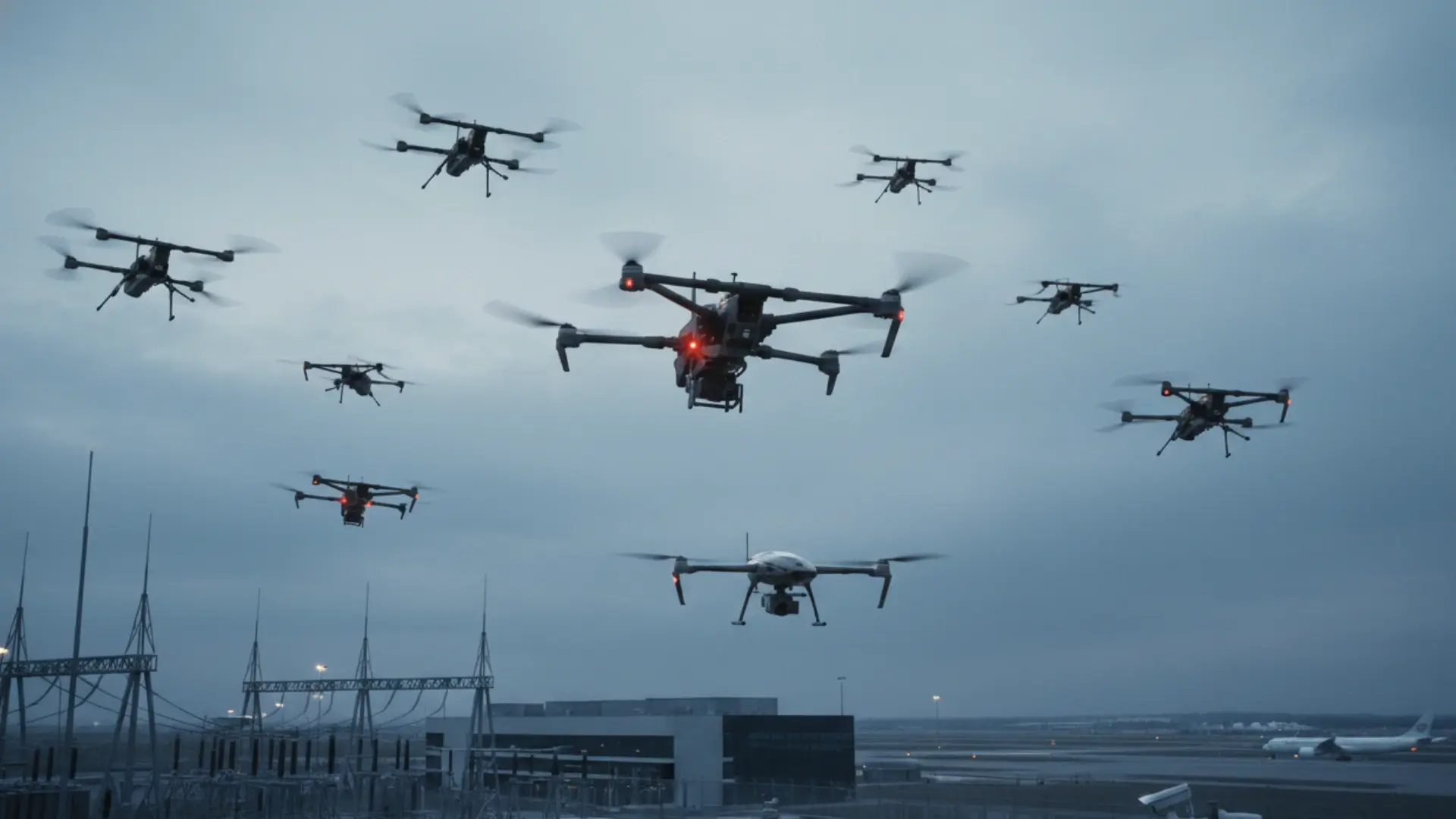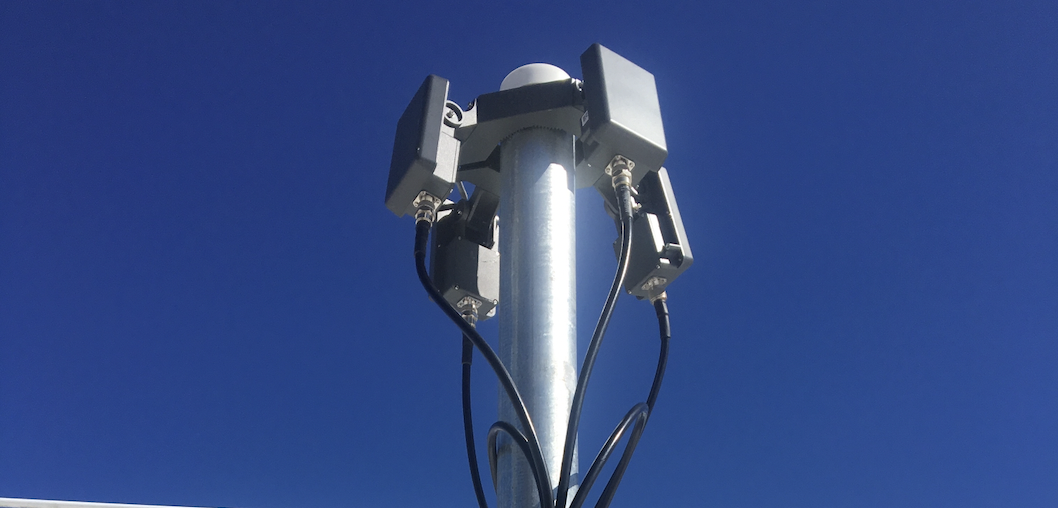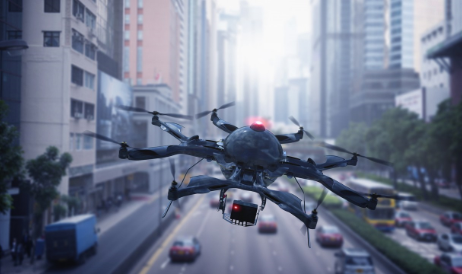Drones are no longer operating solo. Across the U.S., federal agencies have documented incidents involving coordinated multi-drone operations - where one drone acts as a decoy while another carries out surveillance or intrusion unnoticed.
According to the U.S. Department of Homeland Security (DHS), multi-UAS incidents targeting critical infrastructure - from airports to energy facilities - are rising. (DHS Counter-UAS Program)
The tactic is simple:
- The decoy drone hovers over a visible area, drawing security teams’ attention.
- The threat drone slips into restricted airspace, gathering data or delivering contraband.
This coordinated distraction exposes the limitations of outdated radar and single-sensor systems - and proves why advanced counter drone technology is now essential.
The Science Behind Diversion
A traditional detection system may track a single moving object. But when multiple drones appear at different altitudes and speeds, their signals often overlap, confusing basic radar or RF receivers.
Sophisticated adversaries exploit this by:
- Flying low-profile, low-altitude drones to evade radar.
- Deploying multiple signal sources to overwhelm spectrum sensors.
- Using carbon-fiber or stealth-coated frames that reduce radar visibility.
Only modern counter drone technology - integrating radio frequency, radar, and optical intelligence - can reliably distinguish between a distraction and a genuine breach.
How Counter Drone Technology Neutralizes Multi-Drone Attacks
Today’s advanced counter-UAS solutions use sensor fusion and AI behavior models to track several targets at once. Systems like AirSight’s AirGuard analyze:
- RF patterns - identifying unique control signals and separating decoys from rogue flights.
- Radar reflections - filtering out false echoes and terrain interference.
- Optical confirmation - verifying real-time visuals through AI-based image recognition.
- Trajectory prediction - forecasting a drone’s next movement based on past behavior.
By combining these layers, counter drone technology turns a chaotic aerial event into a coordinated defense response.
Real U.S. Examples of Coordinated Intrusions
- 2023 Colorado Energy Facility Incident – A DHS advisory reported multiple drones circling a substation, with at least one behaving erratically to divert attention.
- Phoenix Sky Harbor Airport (2024) – FAA data logged simultaneous unauthorized drone detections, briefly grounding operations.
- Border Surveillance Disruptions – DHS noted incidents where cartel operators used dual-drone tactics: one as a lookout, one for delivery.
Each case demonstrates a pattern: multi-drone incursions are deliberate, not random. Without adaptive detection, even the most advanced facilities can be blindsided.
Why AirSight Leads the Counter Drone Revolution
AirSight’s AI-powered counter drone technology is purpose-built to handle these evolving threats.
Key capabilities:
- Simultaneous multi-drone tracking with real-time classification.
- AI-driven intent prediction, distinguishing harmless hobbyists from tactical incursions.
- Geofencing and layered alert zones, allowing operators to prioritize high-risk areas.
- Sensor interoperability, integrating radar, RF, and optical sources into one unified dashboard.
- Scalable architecture, adaptable from private facilities to national events.
This enables AirSight’s clients to detect, analyze, and respond faster than adversaries can adapt.
Elevating Operational Readiness
Relying on single-layer detection is no longer an option. The growing use of coordinated drone tactics demands intelligent counter drone technology capable of multi-vector awareness.
Whether you’re securing an airport, data center, logistics hub, or VIP event, AirSight ensures your defense systems aren’t tricked by distractions - but informed by real-time intelligence.
Discover how AirSight’s counter drone technology redefines airspace defense. Request a consultation today.











